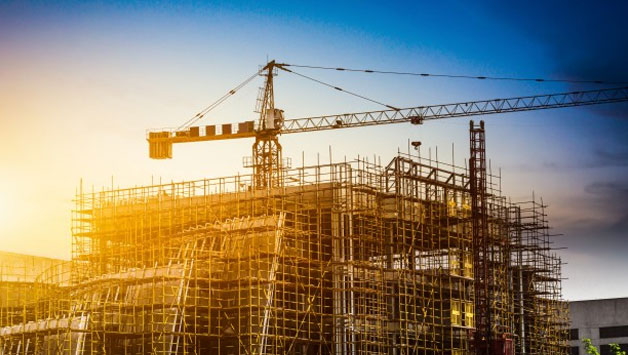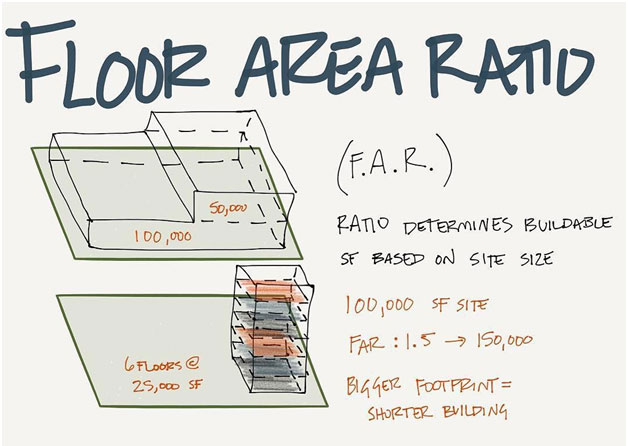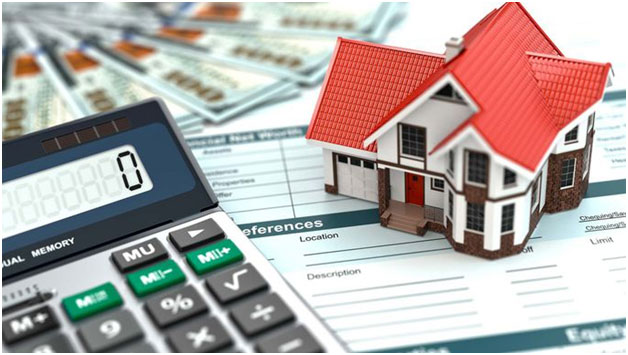
Steps To Planning A Successful Building Project
So let’s talk about construction! With our experience, we learned a lot! That’s why we finally going to share the 6 most essential things we learned during the construction of a house. As long as a major part of these tips are put together around constructing a traditional home because that’s the pathway we normally follow or reforming your existing home. Let’s see a few things to look and understand before you create your dream house.
1. Floor Area Ratio
The floor area ratio (FAR) is the connection among the entire quantity of useful floor surface that a house or building has, or has been permitted to have, and the overall surface of the lot on which the construction stands.

2. Plans
Every huge project I’ve ever worked on has had this one stuff in common. The owner, whether a government agency, a local developer or a corporate authority, understood the greatness of planning the project in detail before beginning to design.

3. Building Cost
Budgeting is one of the important steps before you start the construction. Be natural, not just about your present financial situations but also about future expenditure, to work on how much cost and monthly payments you can bear. Remember that extra costs can increase the size of the deposit you will need.

4. Choose The Right Materials
Next type of advice I would like to give to select best, timed materials when constructing and to be extra “trendy” with furnishings, which is simply transformed. Several constructors work on projects that don’t involve main structural work or extra, and also provide guidance with material selections.

5. Consider Hiring A Best Interior Designer
Whether you are reforming your existing building or you want to construct a custom home like we should not forget the power of a good Interior designer. Many people think that spending money on a designer when it can do it by themselves? Well. There is a building language that will be so foreign to you! Your constructor can assist with the bunch of decisions, but he isn’t seeing at kinds of stuff from a design perspective.

6. Ready, Set …
With the step submitted for permits and material collection made, your contractor will be able to complete up pricing and feedback up to a contract for construction. If the chosen materials cost more than the estimated budget, there may be a concept of “value engineering,” or materials to reduce cost.


